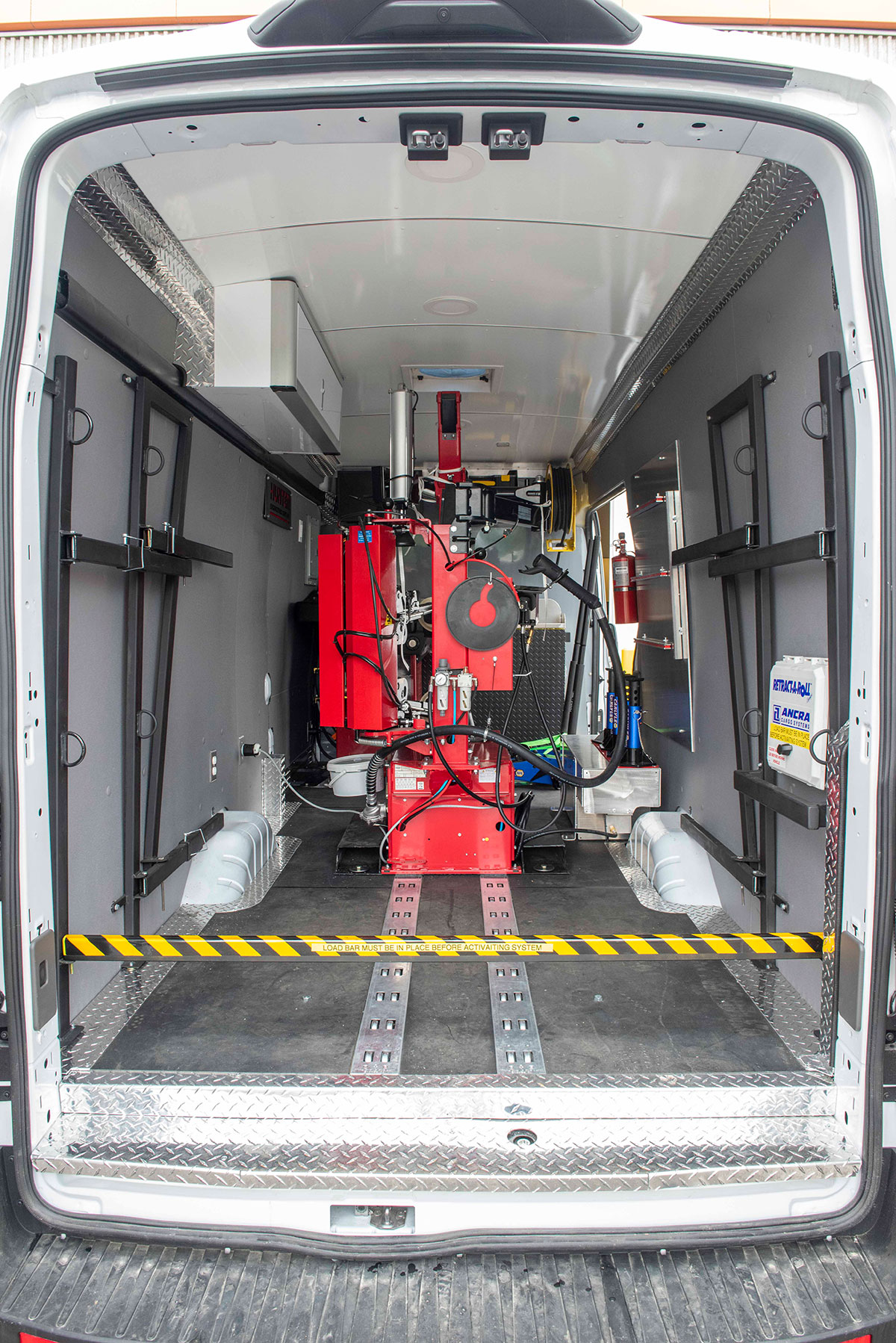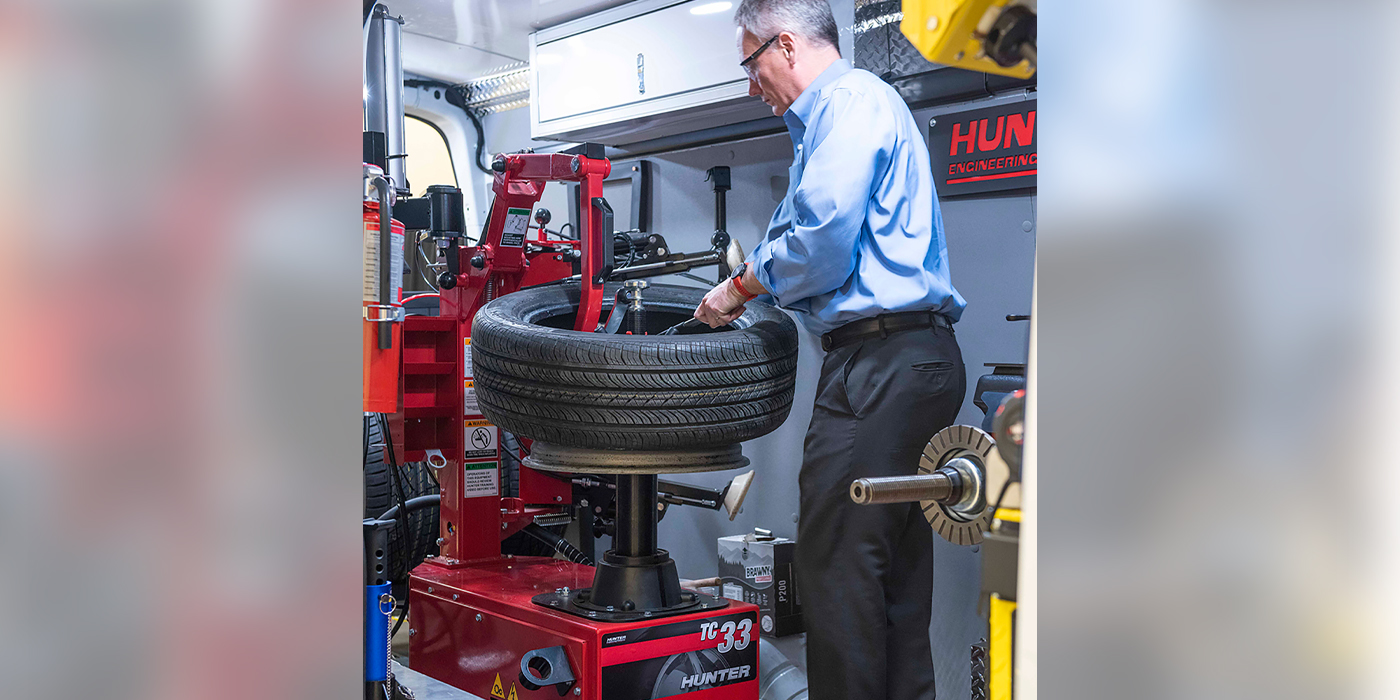Tire Solution: Proven Techniques for Optimal Tire Upkeep and Treatment
From guaranteeing proper tire pressure to regular rotation and positioning, there are tried and tested methods that can dramatically extend the life-span of your tires and enhance overall driving experience. Let's dive right into the globe of tire solution and discover the keys to maintaining your tires in first-class shape for the long haul - Mobile Tire Replacement Las Vegas.
Significance of Tire Pressure
Appropriate tire stress is a crucial consider ensuring optimum lorry efficiency and safety when traveling. Preserving the suggested tire pressure levels given by the manufacturer offers many advantages. Sufficient tire pressure advertises much better fuel effectiveness, as under-inflated tires can lead to enhanced rolling resistance, causing the engine to work tougher and eat even more gas. Secondly, appropriate tire stress guarantees even step wear, improving tire longevity and conserving cash in the future by postponing the demand for early replacements. Additionally, properly blew up tires contribute to enhanced handling and braking capacities, vital for secure driving in various roadway conditions. Over-inflated tires, on the other hand, can result in lowered grip and a harsher experience. Conversely, under-inflated tires are vulnerable to overheating, which can bring about blowouts and crashes. Regularly examining and changing tire pressure, particularly soon trips, is a simple yet reliable means to enhance vehicle efficiency, extend tire life-span, and prioritize safety on the roadway.
Tire Rotation Standards
When considering tire rotation guidelines, it is vital to understand the relevance of this upkeep job in optimizing tire life expectancy and preserving optimal car performance. Tire turning involves changing the setting of each tire on an automobile to ensure even tread wear. Front tires tend to wear quicker than rear tires due to guiding pressures, making routine rotation critical for well balanced wear patterns. The suggested rotation pattern differs relying on whether a lorry is front-wheel, rear-wheel, all-wheel, or 4x4. Usually, tires ought to be revolved every 5,000 to 7,500 miles, or as recommended in the automobile manual. Neglecting tire turning can result in unequal wear, impacting handling, traction, and potentially compromising car safety. By adhering to correct rotation guidelines, vehicle drivers can extend the life of their tires, improve gas performance, and boost general driving experience. Routine turning is an easy yet effective upkeep method that adds considerably to tire long life and automobile efficiency.

Benefits of Wheel Placement
Ensuring appropriate wheel positioning after tire rotation is crucial for maintaining balanced wear patterns and maximizing car performance. Additionally, correct wheel placement helps to prolong the lifespan of your tires. blog here Misaligned wheels can cause irregular tire wear, leading to early tire substitute and enhanced upkeep expenses.

Tire Footstep Deepness Check
Executing a routine examination of tire walk depth is necessary for keeping safe driving conditions and extending the life-span of your tires. The walk on your tires plays a crucial role in offering traction, particularly in unsafe or wet conditions. To check your tire tread depth, my blog you can use a walk deepness scale or the penny examination. The advised tread deepness goes to the very least 2/32 of an inch. It is time to replace your tires to make sure ideal efficiency and security on the road if the walk depth is listed below this limit. Unequal walk wear can show issues with tire alignment, suspension, or stress, highlighting the importance of regular tread depth checks. Disregarding to check and keep appropriate tread depth can result in minimized hold, longer braking ranges, and an enhanced danger of hydroplaning. By incorporating tire step deepness look into your routine maintenance find out this here timetable, you can drive with self-confidence recognizing that your tires remain in leading condition.
Seasonal Tire Examination
Seasonal tire examination is a basic element of tire upkeep that makes sure tires are prepared to deal with the challenges posed by different climate conditions. In prep work for wintertime, it is essential to check the tire stress consistently as cold temperature levels can trigger tire pressure to drop. By performing routine seasonal tire examinations, drivers can lengthen tire life expectancy, enhance gas performance, and most significantly, ensure a protected driving experience in differing weather condition conditions.
Verdict
In verdict, maintaining appropriate tire stress, revolving tires frequently, straightening wheels correctly, checking walk deepness, and performing seasonal examinations are important methods for optimal tire treatment. By following these confirmed techniques, vehicle drivers can guarantee their tires last longer, carry out much better, and add to total car safety and security. It is important to focus on tire upkeep to avoid crashes, improve fuel efficiency, and prolong the life-span of tires.
Adequate tire stress advertises much better fuel efficiency, as under-inflated tires can lead to raised rolling resistance, causing the engine to function more difficult and take in more fuel.When thinking about tire turning guidelines, it is essential to understand the value of this upkeep task in maximizing tire life expectancy and preserving optimal automobile efficiency. Seasonal tire inspection is an essential facet of tire upkeep that makes certain tires are prepared to deal with the obstacles postured by different weather conditions. By carrying out regular seasonal tire inspections, chauffeurs can extend tire lifespan, enhance fuel effectiveness, and most importantly, ensure a protected driving experience in varying weather conditions.
In conclusion, preserving correct tire stress, turning tires regularly, lining up wheels appropriately, checking step depth, and conducting seasonal inspections are important practices for optimal tire treatment.